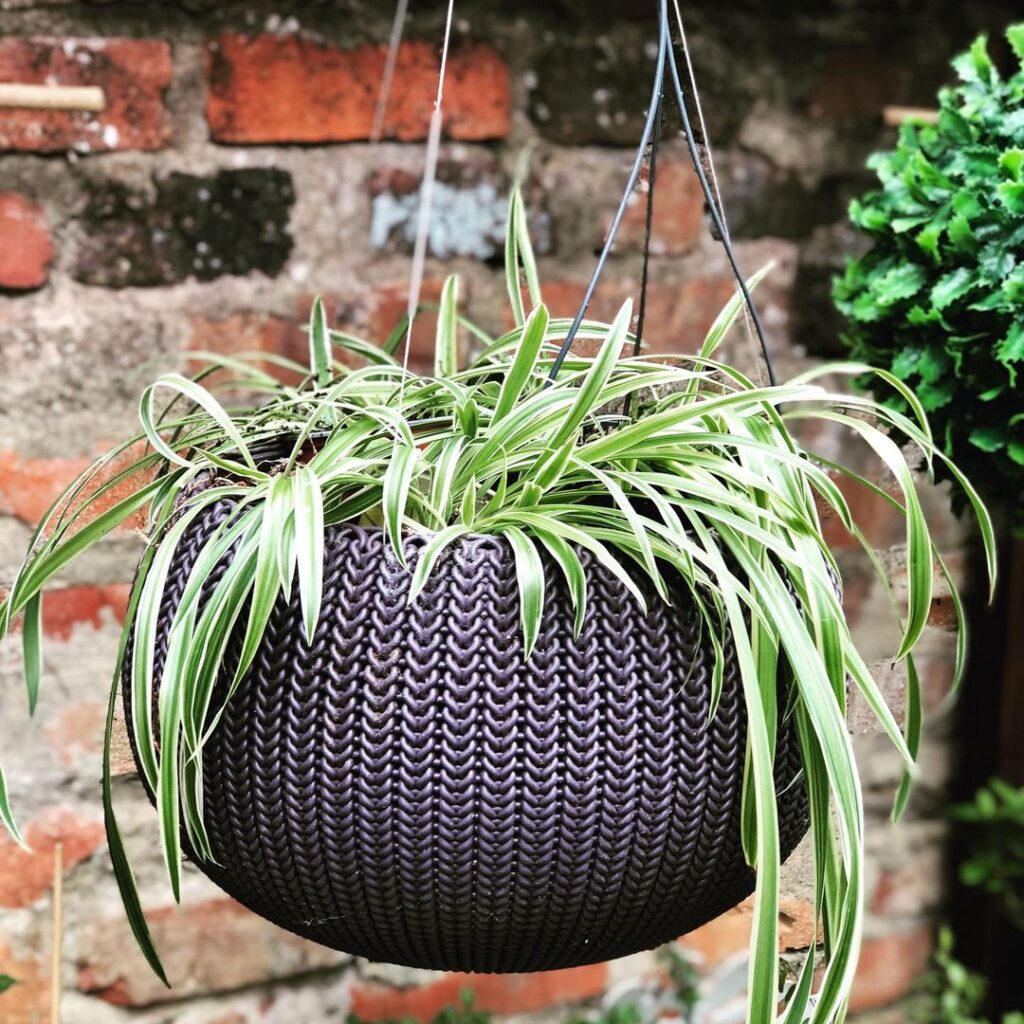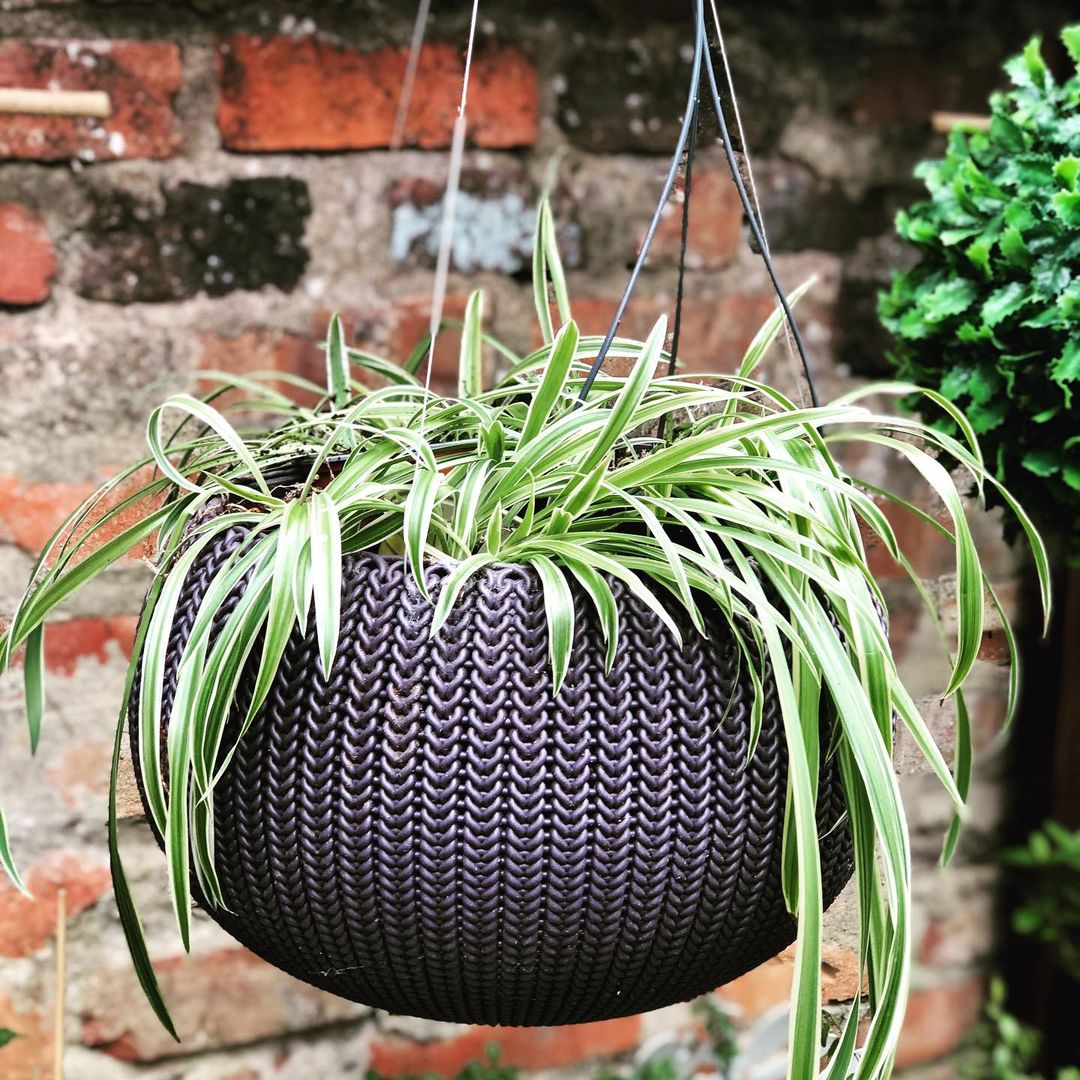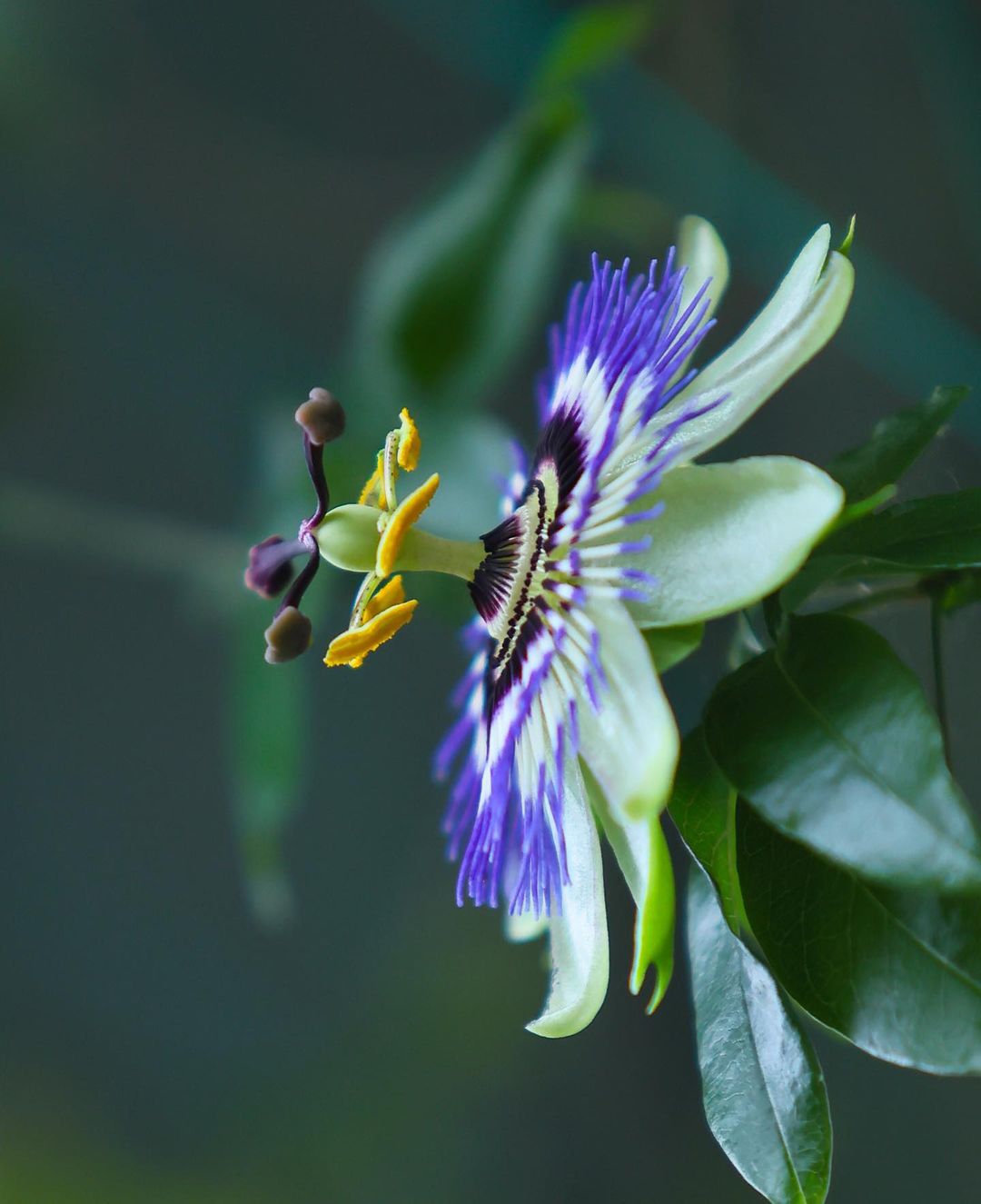Growing Spider Plants Outdoors can be an interesting idea for decorating the exteriors of your home. Learn every detail below.
Spider plants are easy-to-grow houseplants that can also thrive outdoors. In this article, we will explore the steps to successfully Growing Spider Plants Outdoors and enjoying their lush green foliage in the fresh air and sunlight.
Read: Growing Spider Plants in Hanging Baskets
Spider Plants
Native to South Africa, the spider plant (chlorophytum comosum) name comes due to its spider-like hanging plantlets that resemble the runners on strawberry plants. They can root themselves wherever they come into contact with soil, producing new spider plants. To propagate, simply cut off the “spiders” and plant them in the soil.
Growing Spider Plants Outdoors

Spider plants require warm, tropical climates to thrive outdoors. They can be grown as perennials in zones 9-11 or as annuals in cooler areas. However, they cannot survive any frost. If planted as annuals in colder regions, it is important to wait until the danger of frost has passed.
Growing spider plants outdoors can be as simple as moving your potted plant outside when weather permits and bringing it indoors when it gets too cold. These plants are ideal for hanging baskets, featuring small white, star-shaped flowers that dangle from long stalks. Once the flowering season is over, new grass-like plantlets emerge on these stalks.
How to Propagate Spider Plants
You can propagate spider plants from pups, plantlets, or spiderlings; they develop after a week after the flower dies. You can leave it on the mother plant or cut it off and plant the pups.
Here are some ways to plant a spider pup:
- Carefully remove the spiderettes from the mother plant by cutting them at the base. Ensure that you do not damage the plantlets in the process.
- Take a small pot or container with drainage, fill it with seed starting mix or loamy soil, and plant the spiderettes by gently pressing and covering the tiny roots with soil.
- Alternatively, you can use transparent plastic boxes with a lid or a cloche as a greenhouse to provide extra warmth and humidity.
- Mist the growing medium regularly and keep the plant in a spot with warmth and bright indirect light. A little bit of gentle morning sun is beneficial.
- Instead of using a watering can, mist the soil using a plant mister or sprayer frequently to keep the soil moist and avoid disturbing the roots.
- Keep the plant in a humid area or mist it daily.
Within one to three weeks, you should see fresh growth.
Note: Division is another best propagation method, particularly on plants that are becoming root-bound and have failed to bloom.
How to Grow Spider Plants Outdoors
Light
Spider plants thrive best in filtered sunlight and can tolerate growing in areas with partial shade to full shade. However, they may suffer from sunburn if exposed to full sun or afternoon sun.
When grown outdoors, spider plants make great groundcovers and border plants around trees, spreading out extensively in zones 10-11.
Soil
Spider plants are adaptable to various well-draining soil types, but they thrive best in loamy soil mixes with a pH that is neutral to slightly acidic. While a pre-made African violet mix is an ideal option, homemade soil mixes can also be highly effective.
Water
During their early growth stages, spider plants require consistently moist soil. However, note that these plants are sensitive to the fluoride and chlorine content in municipal water. For optimal growth, water spider plants with rainwater or distilled water.
Spider Plant Care
Fertilizer
Spider plants are not heavy feeders, and excessive fertilizer application can be detrimental to their health. It’s best to use a basic 10-10-10 fertilizer sparingly, only applying it once a month or every other month.
Pruning
Trim brown leaves or prune them during springtime to maintain the length of the spider plant.
Pups can either be left attached to the parent plant indefinitely or be separated for propagation or gifting purposes.
Overwintering
When Growing Spider Plants Outdoors as an annual, it’s possible to excavate and transfer them into indoor pots for overwintering. Alternatively, gift excess plants to acquaintances or friends. As a fun idea, spider plants can also be planted in Halloween cups and gifted as party favors during Halloween gatherings, encouraging children to nurture their very own spooky spider plants.
Pests and Diseases
When grown outdoors, spider plants are highly vulnerable to infestations of pests such as aphids, scales, whiteflies, and spider mites.
To prevent these issues, it’s advisable to use an insecticidal soap. This is especially crucial when the plants are being transferred indoors for the winter. An effective homemade solution is a dish soap dip comprising ¼ cup (60 ml) of Dawn dish soap, ½ cup (120 ml) of mouthwash, and a gallon (3785 ml) of water.
Read: Can a Snake Plant Live Outside?
Spider Plant Outdoor Growing Ideas
Spider plants can serve as more than just hanging plants, as they can also grow as ground covers or trained climbers, providing a practical and non-toxic landscaping option.
One can suspend hanging planters from shaded trellises, porch ceilings, or arbors, adding an elegant touch to any outdoor area. Alternatively, placing spider plants on a pedestal and allowing them to spill over the sides creates a visually stunning effect.



